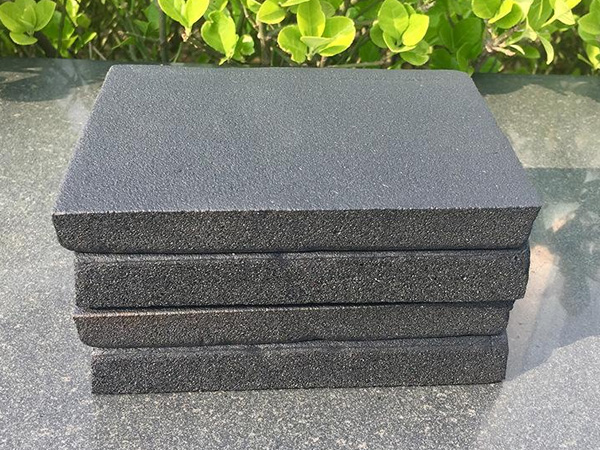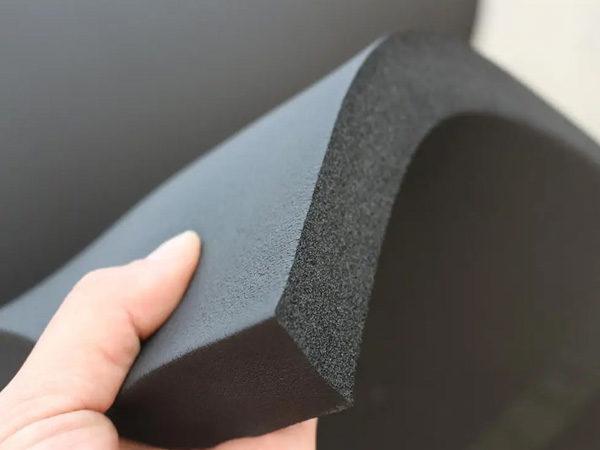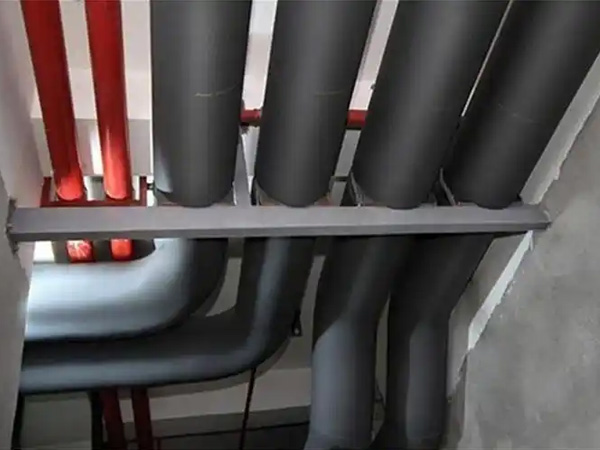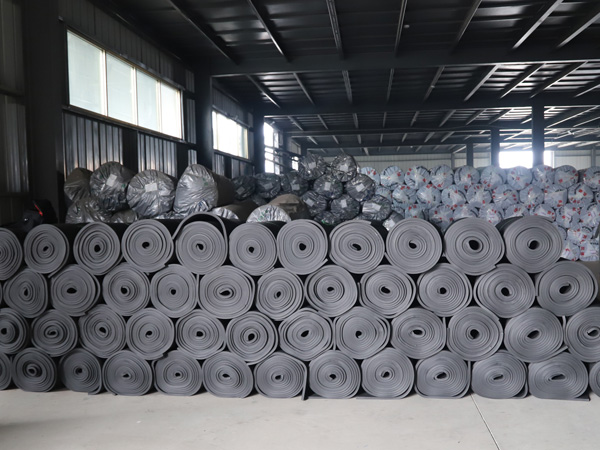ubber Foam Board for HVAC and Refrigeration: Advantages You Need to Know
2025-08-19 03:33:39
When it comes to HVAC and refrigeration systems, the right insulation isn’t just a finishing touch—it’s a performance booster. Among the various options available, Rubber Foam Board has earned a strong reputation for delivering consistent results in both commercial and residential applications.
Its unique structure, combined with high thermal efficiency and moisture resistance, makes it a versatile choice for professionals seeking dependable insulation solutions. Let’s explore the major advantages that make Rubber Foam Board stand out.
1. High-Performance Thermal Control
The closed-cell composition of Rubber Foam Board creates a powerful barrier against heat transfer. This means temperatures inside ducts, piping, or refrigeration compartments remain stable for longer periods, reducing energy loss.
Better temperature control leads to:
·Steady system output
·Lower energy consumption
·Less strain on compressors and motors


2. Built-In Moisture Protection
In HVAC and refrigeration, moisture is the enemy—it can trigger corrosion, microbial growth, and system inefficiency. Rubber Foam Board’s dense, closed-cell design minimizes water vapor penetration, effectively preventing condensation from causing damage.
This layer of defense not only prolongs equipment life but also helps maintain cleaner, healthier air circulation.
3. Energy Savings That Add Up
Systems insulated with Rubber Foam Board operate more efficiently, which translates to lower operating costs. By reducing the load on heating or cooling units, energy usage drops significantly.
Over time, this leads to:
·Noticeable reductions in utility bills
·Lower environmental impact
·Extended equipment service life
4. Easy Handling and Flexible Application
Rubber Foam Board is lightweight and simple to cut, making it a practical choice for quick installations. It adapts well to a wide range of HVAC and refrigeration components, such as:
Air ducts
·Chilled water pipelines
·Cooling units
·Mechanical housings
·Its smooth surface also gives installations a neat, professional finish.
5. Safety Through Fire Resistance
A quality Rubber Foam Board not only insulates but also offers fire-retardant properties. Many are engineered to meet safety standards, resisting flame spread and providing added protection to facilities.
In environments where safety regulations are strict, this feature becomes a critical advantage.


6. Long-Term Reliability
Unlike some insulation materials that degrade quickly, Rubber Foam Board maintains its shape and performance over time. It resists cracking, shrinking, and environmental wear, even in fluctuating temperature or humidity conditions.
This means fewer replacements, reduced maintenance, and better return on investment.
7. Noise Damping Benefits
An often-overlooked benefit of Rubber Foam Board is its ability to absorb sound. When used in ductwork or around refrigeration units, it helps reduce operational noise, creating quieter indoor environments—ideal for offices, hotels, and residential spaces.
8. Environmentally Responsible Choice
Modern Rubber Foam Boards are manufactured without harmful CFCs or HCFCs. Their durability also reduces waste over time, making them a smart choice for eco-conscious projects.
Conclusion: More Than Just Insulation
Rubber Foam Board offers a balance of thermal efficiency, moisture protection, safety, and durability—qualities that make it a go-to insulation material for HVAC and refrigeration systems.
By choosing this solution, you’re investing in long-term energy savings, system reliability, and a cleaner, more sustainable environment. Whether for a large commercial plant or a compact residential unit, Rubber Foam Board delivers performance you can count on.
References
GB/T 7714:Al-Homoud M S. Performance characteristics and practical applications of common building thermal insulation materials[J]. Building and environment, 2005, 40(3): 353-366.
MLA:Al-Homoud, Mohammad S. "Performance characteristics and practical applications of common building thermal insulation materials." Building and environment 40.3 (2005): 353-366.
APA:Al-Homoud, M. S. (2005). Performance characteristics and practical applications of common building thermal insulation materials. Building and environment, 40(3), 353-366.

OurFlame Retardant Rubber Foamis a premium closed-cell elastomeric insulation material engi...

OurRubber Pipe Insulationis a high-performance solution designed specifically for HVAC pipi...

Rubber Foam Insulation Sheet – Product Introduction Premium Flexible Insulation for Therm...

Specially engineered for refrigeration applications, ourElastomeric Rubber Insulationprovid...



